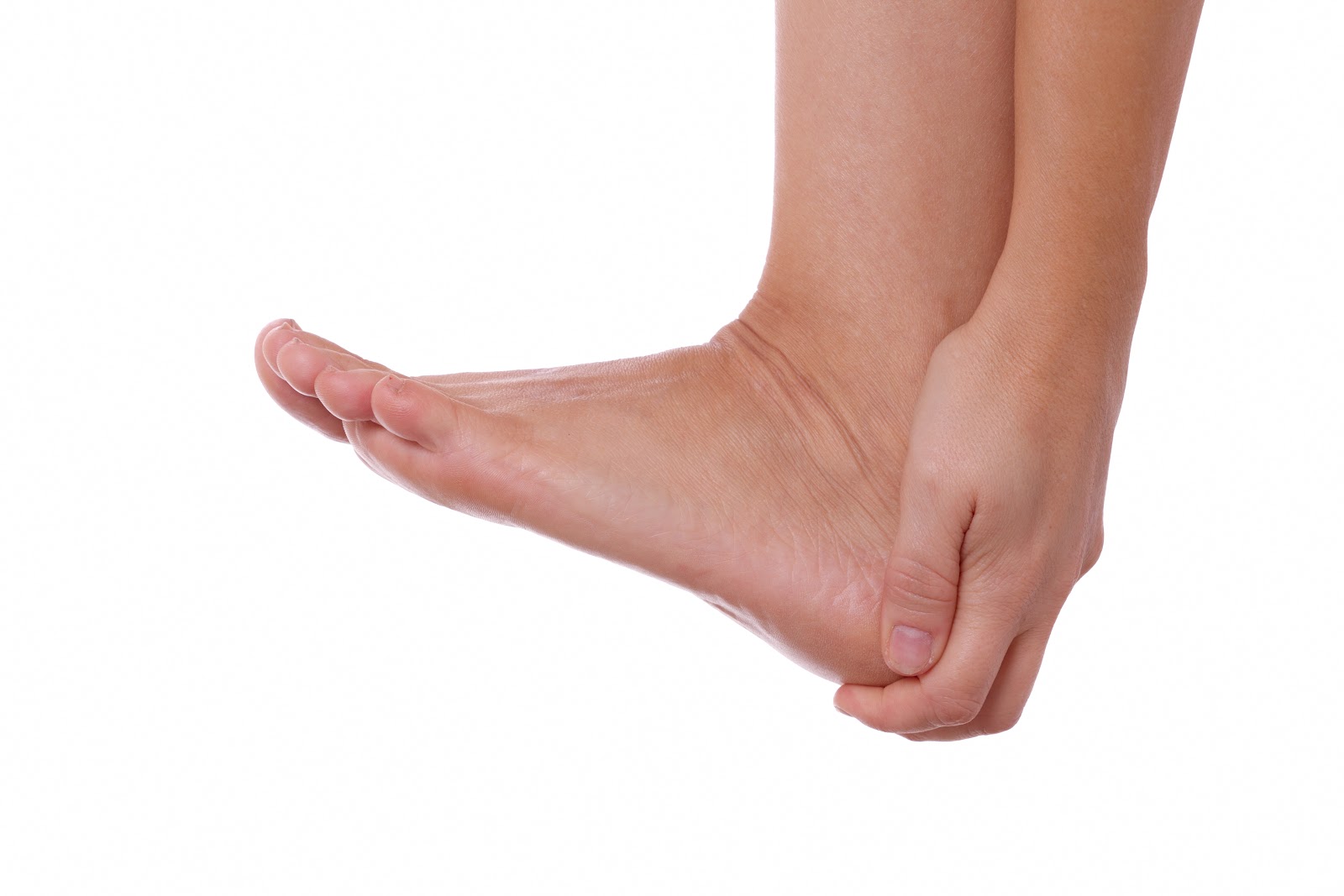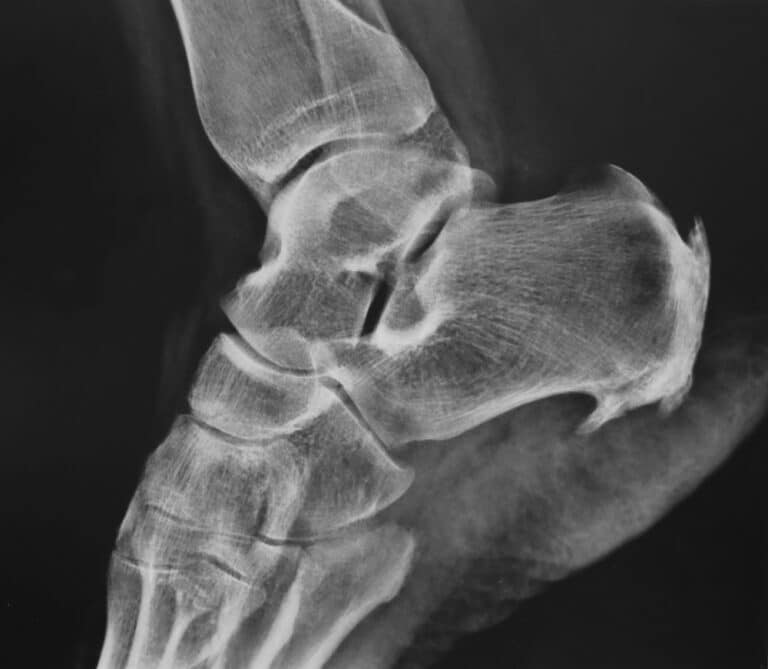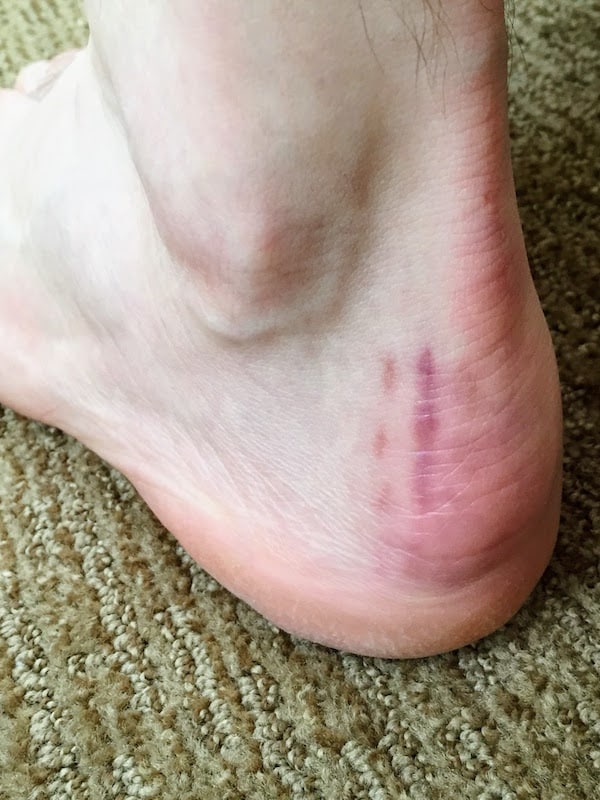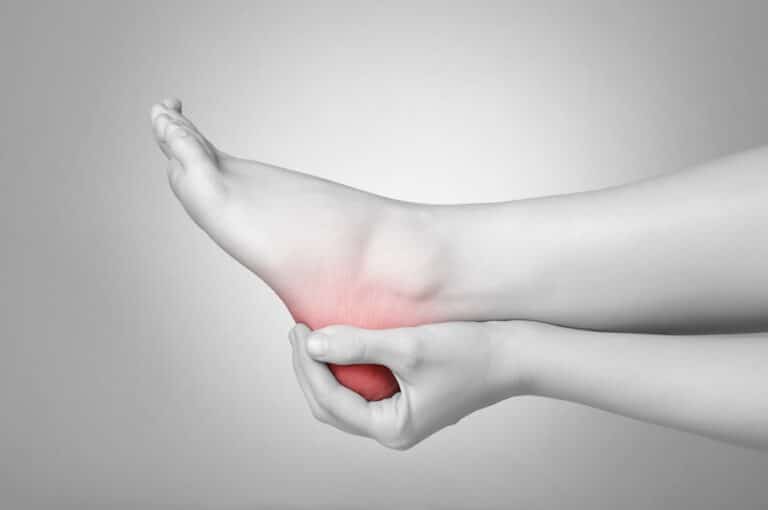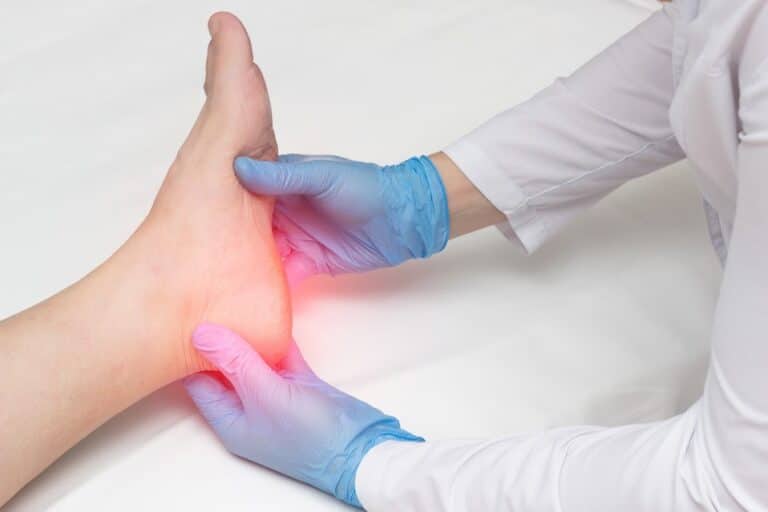Bunions can only form on the side of the foot at the base of the joint. People cannot develop bunions on the bottom of foot. However, apart from a common bunion at the base of the big toe and tailor’s bunion, there is Haglund’s deformity which people consider a bunion or bony lump of the heel, better known as heel bunion.
What Are Causes and Risk Factors for Plantar Bunions
Every type of bunion, even those bony lumps that form on the heel, is caused by the person’s genetic predisposition or pressure and friction from walking in uncomfortable footwear. Since bunions don’t develop on the bottom of the feet, they can form on the back of the heel from tight footwear, improper balance, and gait.
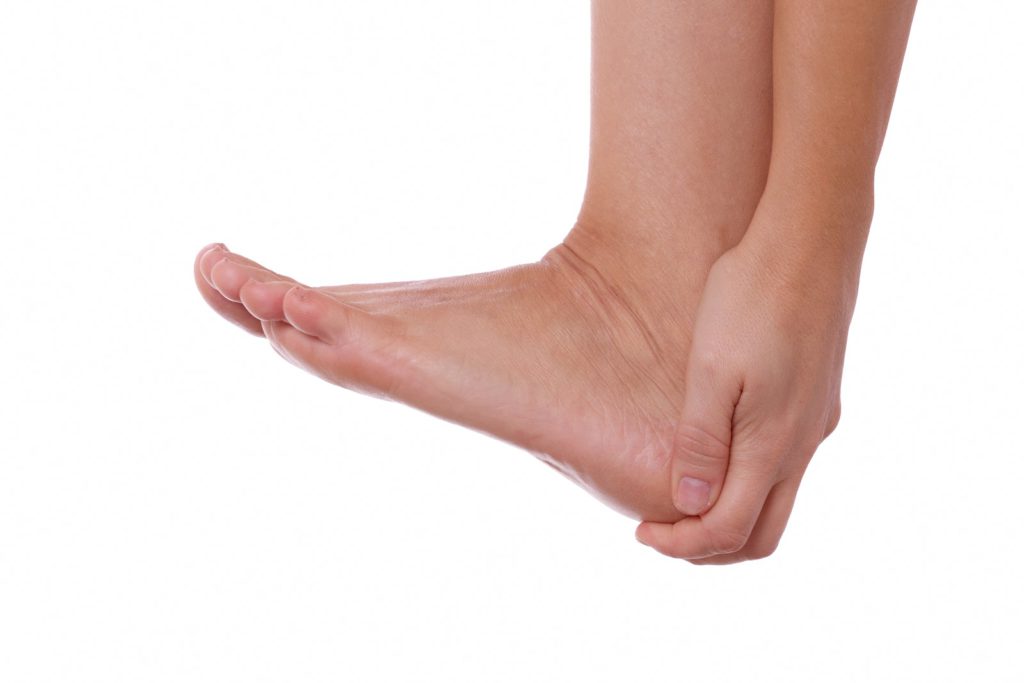
How Does the Plantar Bunion Affect Your Foot Function?
If the tailor’s bunion or bunion of the big toe forms close to the sole, it will disrupt the natural weight distribution across the foot and lead to difficulties with walking, standing, and instability.
When it comes to heel bunions, the first signs of trouble will be pain when walking, which will cause instability and difficulties.
How to Know You Have a Bunion on the Bottom of Foot?
Just because there is a lump on the bottom of your foot, it doesn’t mean that you’ve developed a bunion. Bumps on the bottom of the feet most likely imply that you have:
- Plantar fibromas,
- Calluses,
- Seed corns,
- Cysts,
- Or Haglund’s deformity.
When the bunion on the joint is closer to the sole, you still have a regular bunion, but it is not plantar.
How to Identify Plantar Bunion?
To get an accurate diagnosis and determine whether you are dealing with a regular type of bunion, a Haglund’s deformity, cysts, seed corn, or callus, consult a podiatry specialist. Only doctors can say for sure what you are dealing with and prescribe a proper treatment.
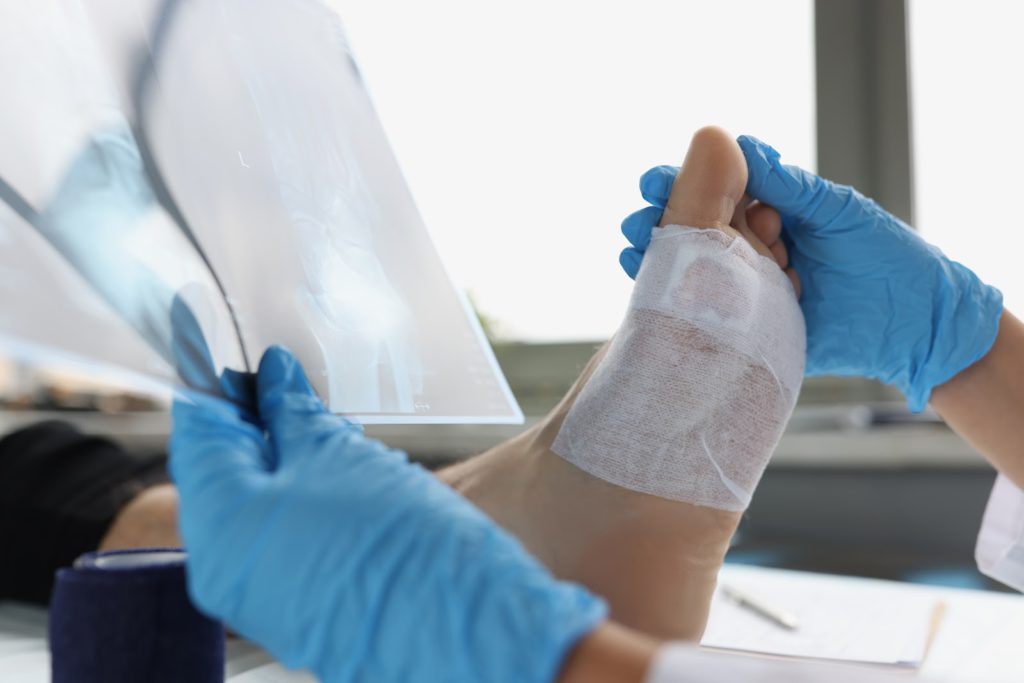
How to Treat Bunion on the Bottom of a Foot?
The treatment of the bunion will depend on the diagnosis. Most commonly, all foot issues and deformities are first treated with a change of lifestyle and non-surgical options such as orthotics. However, when the symptoms are persistent, surgical intervention is required.
Non-Surgical Treatment Options for Plantar Bunions
The first thing that most doctors recommend is wearing specialized footwear such as orthopedic shoes, which help with the pain and discomfort and promote more natural foot mechanics. Apart from this, orthotic inserts which cushion the bony protrusion and protect it from friction can also be a valuable remedy.
Surgical Intervention for Plantar Bunions
If the patient is having difficulty walking and wearing any type of footwear, bunions need to be surgically removed. Whether you are dealing with a common bunion or a Haglund’s deformity, a minimally invasive bunion surgery can be beneficial in reducing the detrimental impact of the symptoms and help the patient return to regular daily activities.
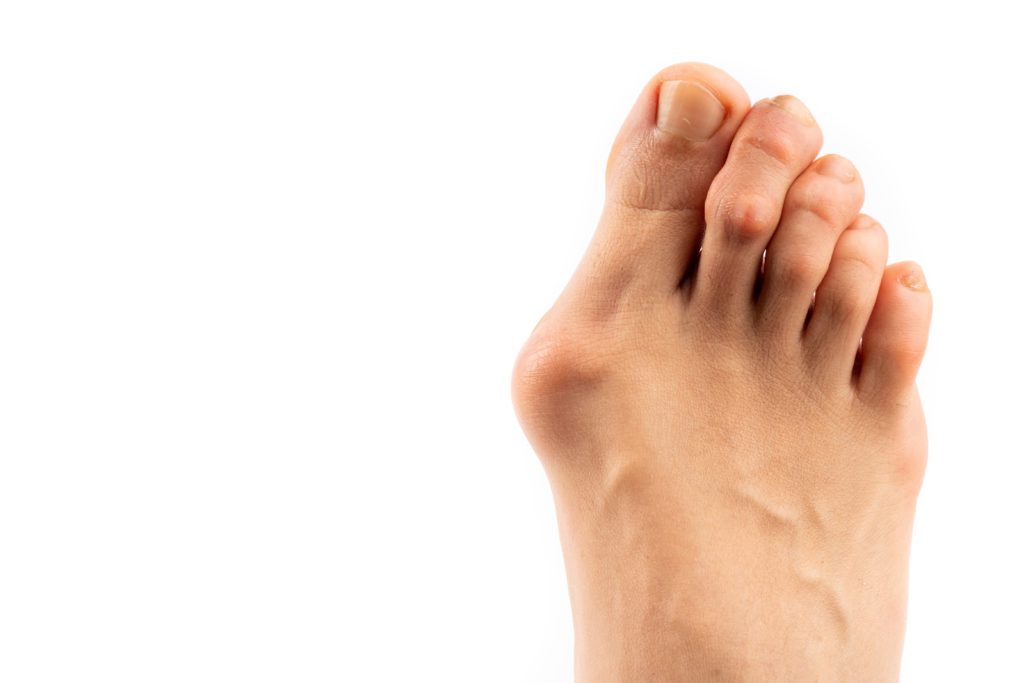
When Should You Visit a Doctor?
Having an accurate diagnosis and beginning with appropriate treatment will be instrumental in the quick recovery process. As soon as you notice persistent and recurrent symptoms, make sure to visit your doctor.
Schedule the Bunion Removal Procedure With Your Surgeon in Miami
The place you can always count on for a reliable diagnosis is Luxe Foot Surgery. Our surgeons in Miami can ensure that you don’t suffer from any type of bunion for a prolonged period of time by finding the root cause of your problem very quickly. We recommend that you contact us as soon as possible and have your feet treated by the experienced professionals.
References
- FootCare MD: WHAT IS A HAGLUND’S DEFORMITY?
- Physio-Pedia: Haglund’s deformity
- Cleveland Clinic: Bunions (Hallux Valgus)
